When does a motorcycle stop being a motorcycle? Some folks say it’s when you add a third wheel, which rules out the trikes, Slingshots, and Can-Ams of the world. Fair enough, but then again few would argue that bikes with sidecars (even those with two driven wheels like a Ural), are anything but legit.
Many more will draw a hard line between a “proper motorcycle” and the humble scooter, arguing that the scooter is too small, too utilitarian, and too vanilla to be grouped into the same category as our beloved motorcycles. But then again maxi-scooters like Honda’s X-ADV 750 have quite literally conquered multi-stage rally raids, so there must be something else at play there.
Out of all the potential sticking points of what is and what isn’t a “real” motorcycle, nothing divides riders quite like an automatic transmission. Whether we’re talking about gear-less electrics like the Zero DSR-X or fully automated gearboxes like Honda’s Africa Twin DCT, you’ll find no shortage of riders out there who believe a motorcycle without a manual transmission isn’t a motorcycle at all.
But what would you say if I told you you could quite literally have both options on a single bike? Have your automatic but shift it too? And what if adding the option of clutch-free functionality came at no extra charge?
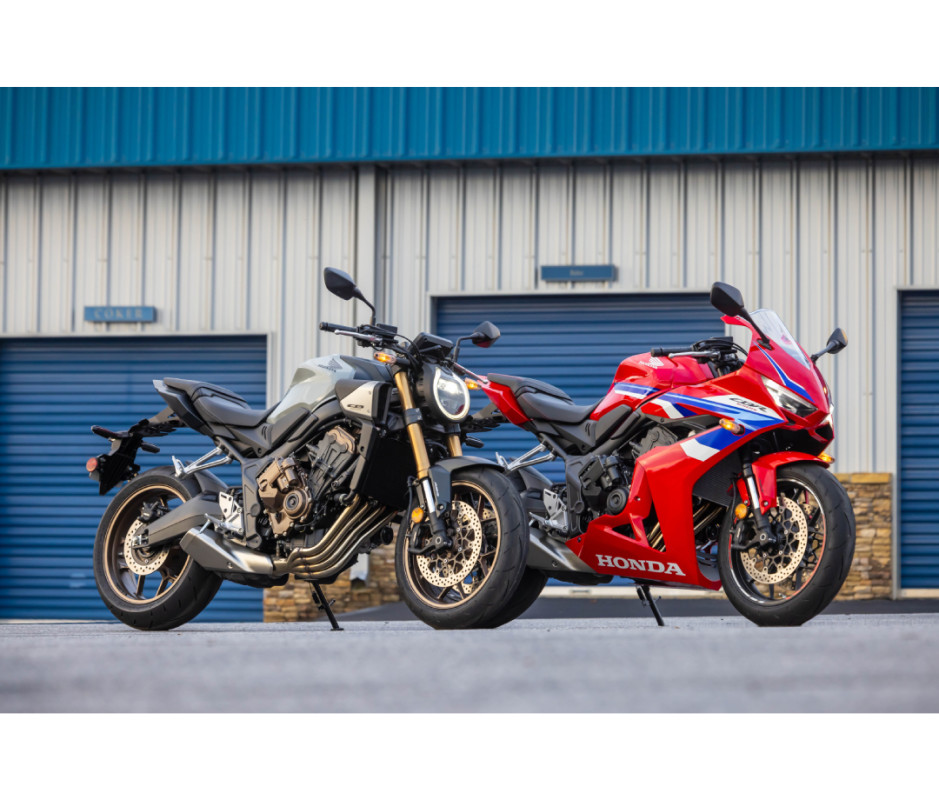
Courtesy Image
That’s what Honda seems to be offering with their latest foray into clutch-free motorcycling, the E-Clutch transmission. This new system switches from clutch-less shifting to a traditional manual with the touch of a button, and comes as standard equipment on their 650 street bikes starting this month.
So is Honda’s E-Clutch truly the best of both worlds, or just more tech no one asked for? After riding Honda’s latest on the road and track, I’ve got a few opinions to share, but first let’s take a closer look at what the E-Clutch actually is and how it works.
Related: The Best New Motorcycles of 2024
How Does Honda’s E-Clutch Work?
Put simply, Honda’s new E-Clutch is a true-blue manual transmission when you want it, and completely clutch-free when you don’t. All the usual components are there including a traditional wet clutch, a foot shifter, and a corresponding lever on the left handlebar, but whether or not you use them is now completely optional.
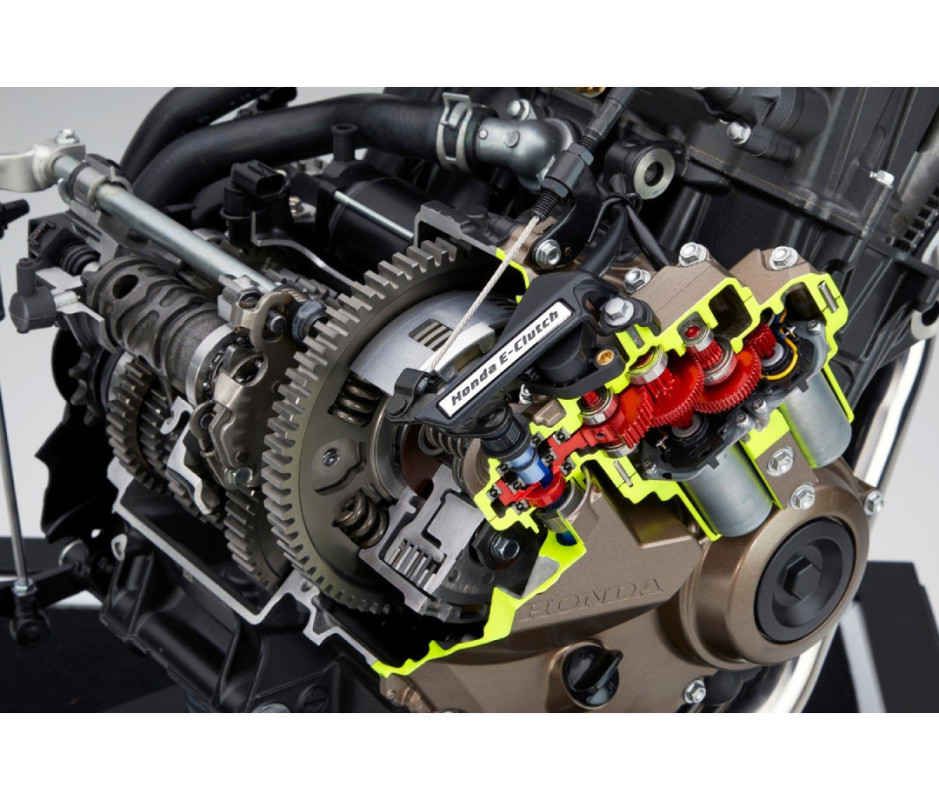
Courtesy Image
Turn the system off, and you’d never know it was there. You’ll still need to know how to work a manual transmission, how to start smoothly from a stop, and how to shift through the gears as you speed up and slow down.
When the E-Clutch system is activated, however, riding the motorcycle becomes about as complex as riding a bicycle, albeit one with 90-plus horsepower and a top speed well over 100 mph. That’s because the E-Clutch handles any-and-all clutch-related functions using a pair of small electric motors, a few gears, and a couple sensors. E-Clutch won’t shift for you, but from a dead stop right up to top gear, all the rider has to do is twist the throttle with their right hand and shift through the gears with their left foot as needed.
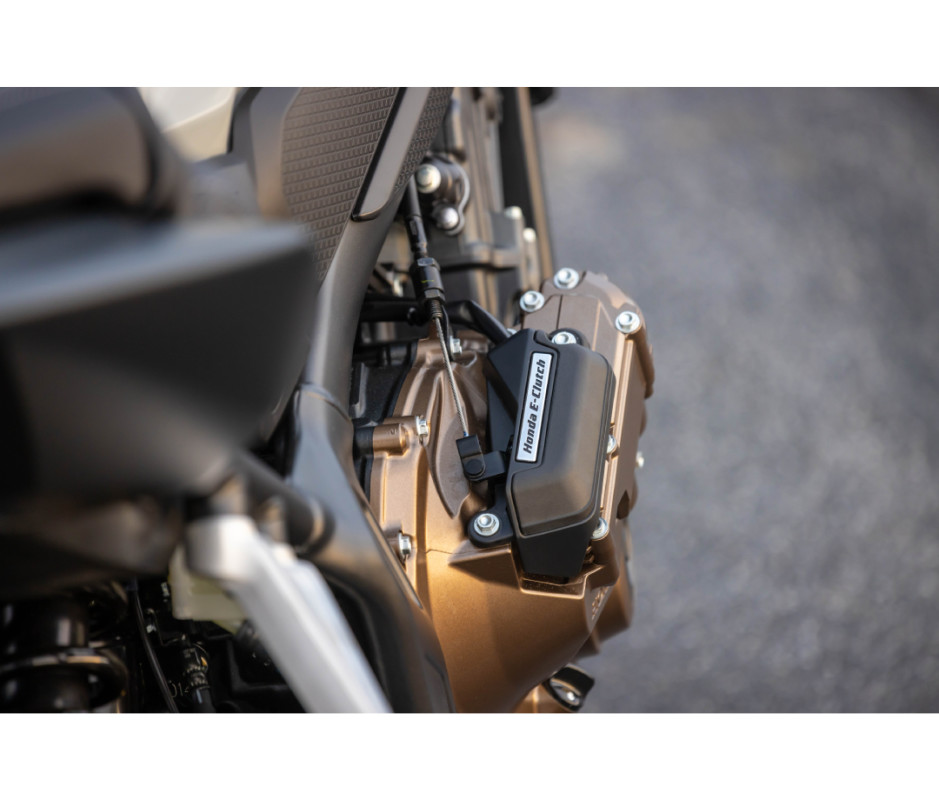
Courtesy Image
All of this is made possible by Honda’s Motor Control Unit (or MCU for short), a little onboard computer which constantly pulls information from the shift lever, throttle, engine, clutch, and a few other sensors to make faster, smoother shifts than any human could possibly dream of. Honda says the MCU even leverages the fine-motor control lessons learned through their robotics program, so we also have our friendly neighborhood ASIMO to thank for the new gearbox.
In theory, Honda’s new E-Clutch technology delivers two important applications. The first is making motorcycling easier and more accessible for beginners by removing the need to learn a clutch before riding. E-Clutch essentially renders any motorcycle unstallable with a few rare exceptions, removing the “new rider dread” from scenarios like taking off on steep hills or stop-and-go traffic.
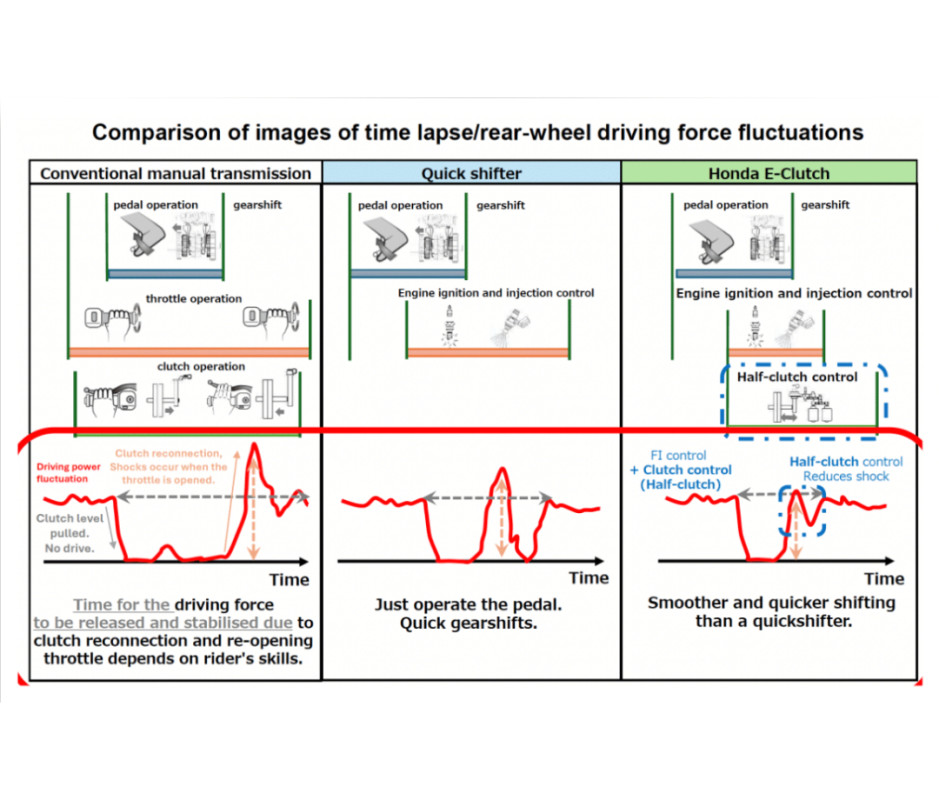
Courtesy Image
The second is for more skilled riders, because the E-Clutch also functions as a high-performance up-and-down quickshifter for aggressive riding and track use. In fact Honda claims that their E-Clutch is actually smoother and faster than a traditional quickshifter because it adds precise clutch modulation to the mix in addition to the usual ignition and fueling tricks employed by quickshifters.
Sounds pretty good on paper, but does it actually work where the rubber meets the road? I hit the streets (and race tracks) of north Georgia aboard two of Honda’s new E-Clutch machines to see for ourselves.
Track Time With the Honda CBR650R E-Clutch
As anyone who’s ever gone through the pleasure of upgrading their iPhone knows, new technology always starts with a learning curve. Honda’s E-Clutch is no exception, and our morning test ride started with a short tech session from Honda’s R&D team.
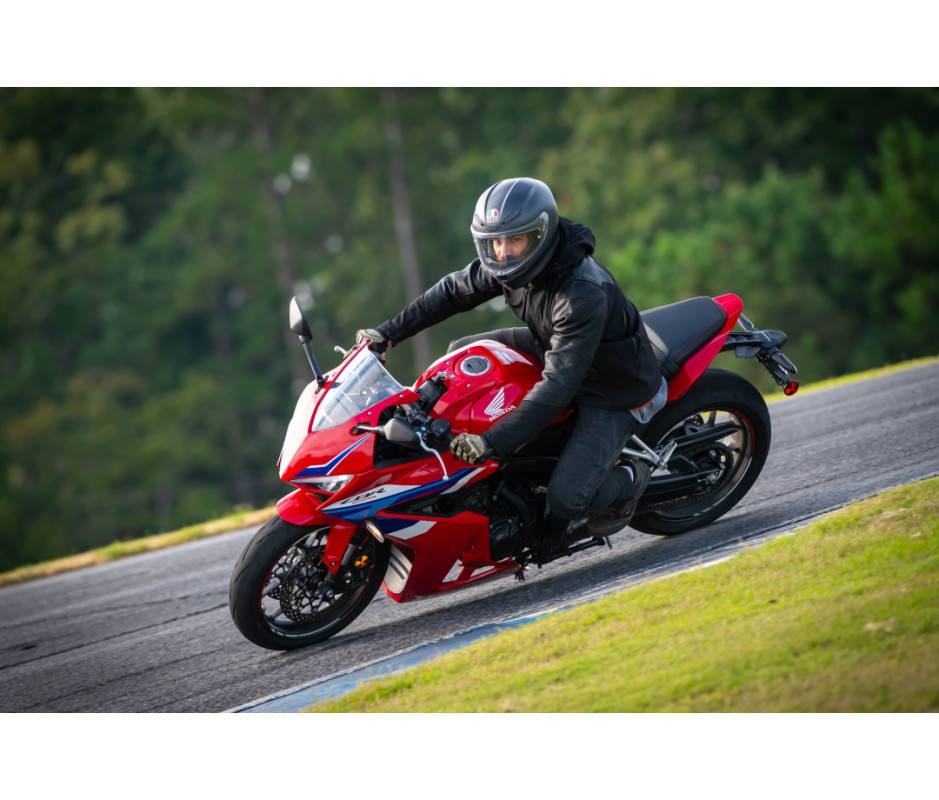
Courtesy Image
As novel as the new E-Clutch is, however, our first impression of the new tech was that it was about as easy to learn as you could ask for. Turn the key, start the bike, and shift down into first: You’re ready to ride.
In first gear at a full stop, the system holds the clutch at a perfect neutral, meaning the bike is ready to go whenever you turn the throttle, but also content to sit and wait in first as long as you like. Our first baby steps aboard the new bikes were to simply putt around the race track parking lot, getting a feel for starting and stopping the bike at low speeds without using the left-hand lever we’ve all become so accustomed to.
It’s a strange sensation, having the clutch lever just sitting unused on the handlebar like a phantom limb, but the first benefit I noticed in that lot was all too obvious. In stop and go traffic, the E-Clutch is an absolute blessing: no wearing your hands out feathering the clutch in and out of first gear, no need to finesse the shifter in and out of neutral between stops. It’s no more complex than riding a 50cc scooter, just twist to go and brake to stop.
Once I was all feeling fluent with the new system, Honda set us loose on an empty racetrack at Atlanta Motorsports Park, a lively combination of high-speed sweepers, long straightaways, and two tight first gear corners. More clear advantages of the E-Clutch immediately made themselves apparent here.
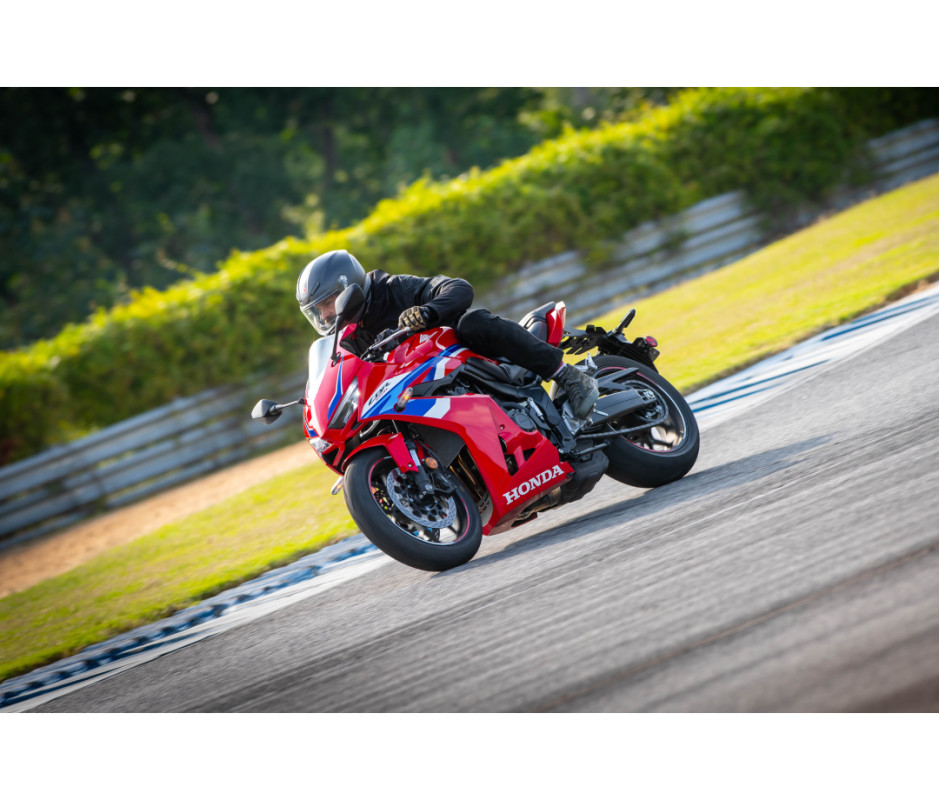
Courtesy Image
On those long, high-speed corners, E-Clutch allowed us to upshift on the fly with an open throttle, and the system’s automated “half-clutch” actuation made for very smooth transitions even with the bike leaned over. Honda says the automated clutch finesse minimizes the “shift shock” common to both traditional shifts and quickshifters, which in turn prevents any undue upset of the chassis and keeps power flowing smoothly to the rear wheel.
Out on the long straights, this translates to quick and easy upshifts with rock-solid composure. Just pin the throttle and watch for redline, click up a gear before you hit the rev limiter, and repeat.
Coming off a high speed straight into the track’s first tight hairpin, three or four quick downshifts were often required. The E-Clutch maintained that same drama-free smoothness here, working in tandem with Honda’s electronic traction control to remove any possibility of unintentionally sliding the rear tire.
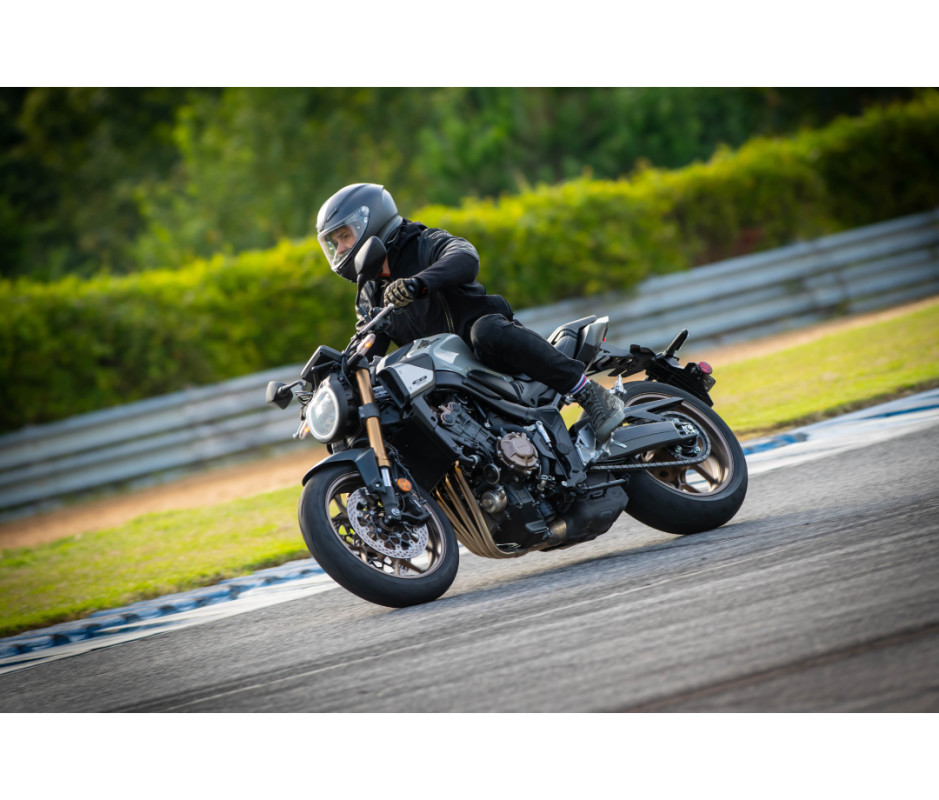
Courtesy Image
Out on the racetrack, the E-Clutch makes perfect sense. It’s everything track-junkies love about an excellent quickshifter, except it’s smoother and (in the case of the CBR650R I was riding) comes as standard equipment at no extra charge.
However most folks who buy Honda’s CBR650R or its scantily-clad sister, the CB650R, don’t buy them for trackdays. These are excellent all-around street bikes by design, so after an hour or so of hot laps around a wide open track, I took to the streets to see how the E-Clutch works in the real world of two lane roads, stop signs, and slow moving traffic.
Related: Can-Am Reveals Cool New EV Motorcycles for 2024
Taking it to the Streets
Our street ride took place on the winding roads surrounding Suches, GA, one of the premier motorcycle riding destinations on the planet. The pavement out here is pristine, curvy, and scenic, and you’d have to drive hundreds of miles to find something better suited for sporty bikes like the two inline-fours I tested.
Of course I’d already had our fill of corners from the morning’s track time, so I used our street time to get an idea of how the E-clutch handles the more practical side of motorcycling.
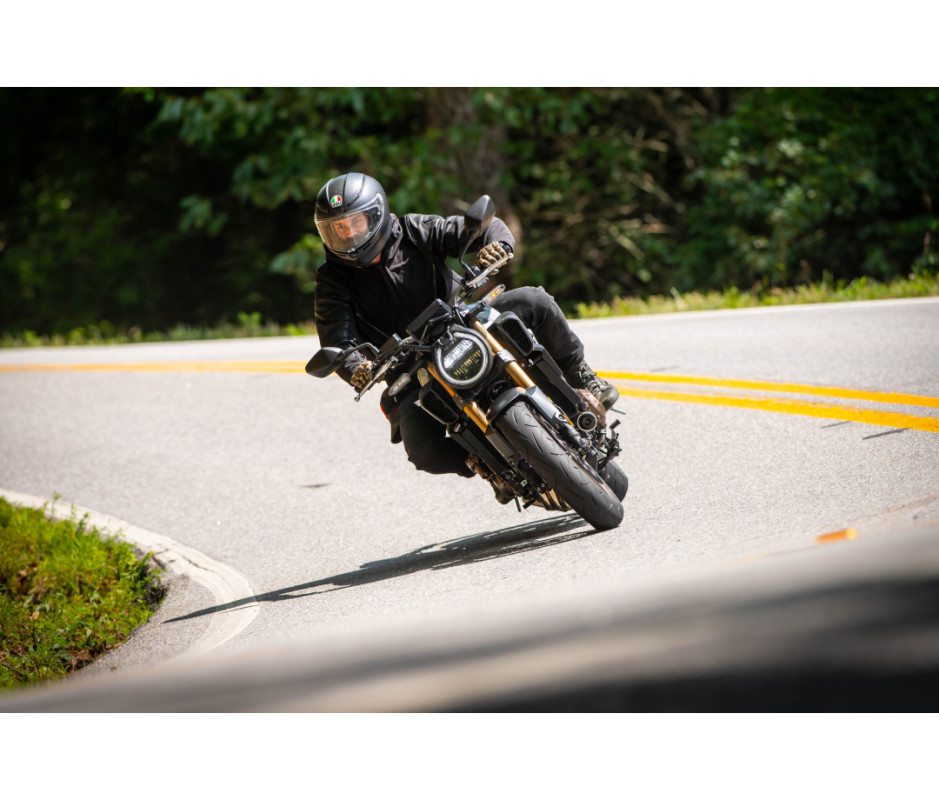
Courtesy Image
There were many places on the street where the E-Clutch came in handy. Overtaking slow cars on the straights is a breeze thanks to the full-throttle clutchless downshifts the E-Clutch enables. Just bang ‘er down a gear or two and make your move.
I also noted that not having to mind the clutch left us free to focus on simply riding the bike. Sounds obvious enough, but when you’ve got one less thing to think about between corners, you’ve got more bandwidth to focus on the ride itself, whether that’s nailing the next apex or taking in the next mountain view.
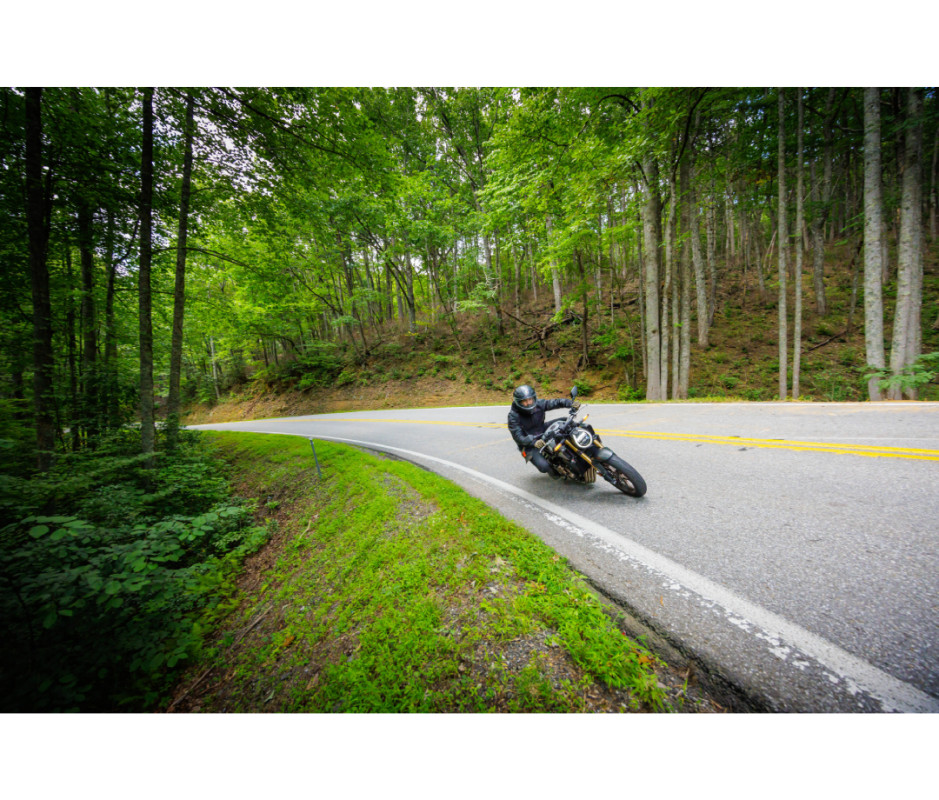
Courtesy Image
The streets are also where I found our only real issues with the E-clutch system. The first was that anytime I came to a stop and got off the bike, it would automatically default back into E-Clutch mode.
That won’t make a bit of difference to folks who prefer the new system (and I’ll wager the majority will once they give it a try), but considering E-Clutch is the only option offered by Honda for both the CBR650R and CB650R this year (no standard shift bikes will be sent to the US), riders who want to use the bike as a traditional manual will have to deal with the minor inconvenience.
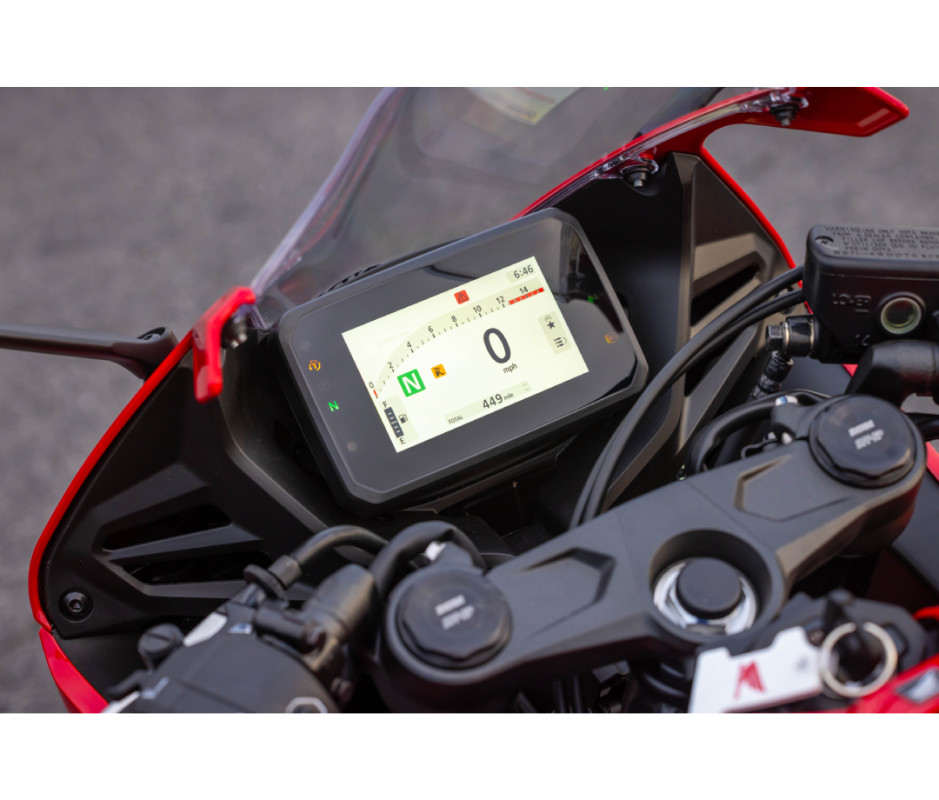
Courtesy Image
The second issue I noticed is that while the shifts themselves are extremely smooth and predictable, the system’s engagement at stop and go speeds feels a bit more abrupt than a skilled hand feathering the clutch. A little throttle control goes a long way here, but in stop and go traffic there’s a tradeoff being made between clutch hand fatigue and outright smoothness.
The final complaint I noted is that should you forget you’re on an E-Clutch bike and grab that clutch lever anyways, the bike will automatically override the E-Clutch and drop into manual mode for a short period. This is a good thing when you want it (like clutching up a quick wheelie or finessing a tight U-turn), but when done accidentally, it’s one of the few ways you can actually manage to stall the bike.
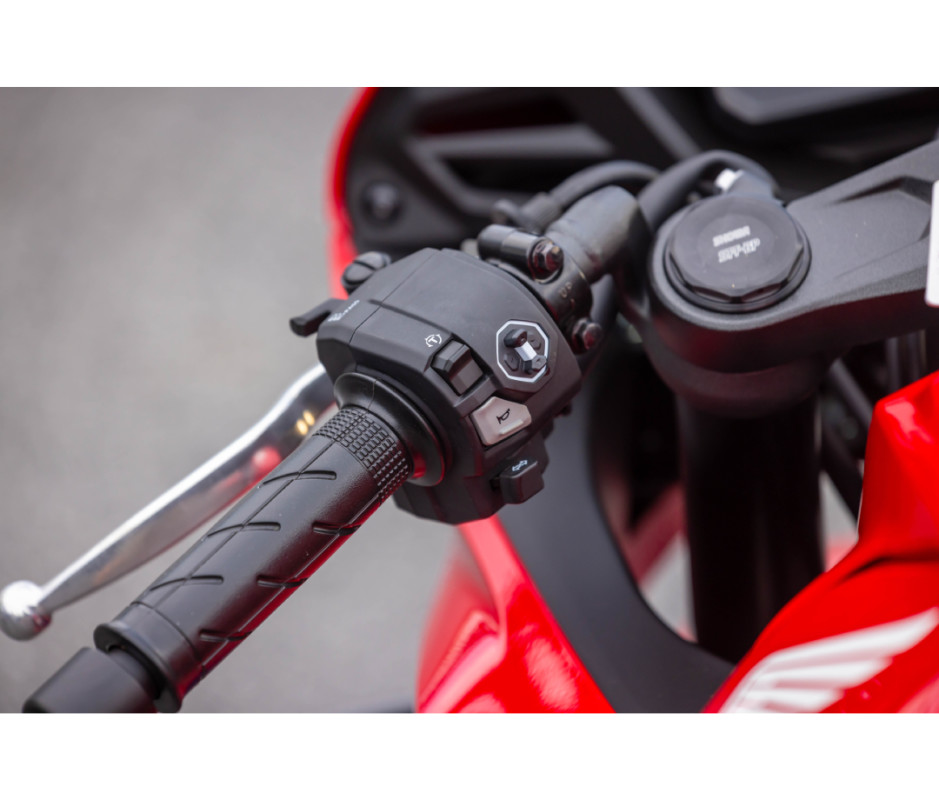
Courtesy Image
At higher speeds this is a non-issue, as the system switches back to clutchless operation after only one second, but at lower engine speeds (2,000 rpm and below), the system stays in manual mode for a full five seconds. As I learned repeatedly when grabbing the clutch out of habit at stop signs, for all its user-friendliness, E-Clutch may take more than a few hours to become second nature.
Related: Best Beginner Motorcycle of 2024 for Every Style of Rider
Final Thoughts on Honda’s New E-Clutch
Honda’s aim with the new E-Clutch was to improve the riding experience for the widest variety of motorcyclists possible. They want to make it sportier for the hard-charging folks, more accessible for newer and less-experienced riders, and less tiring for anyone and everyone who rides. Judging by our long day in the saddle, I’d say they’ve succeeded in that aim.
The E-Clutch has something for everyone, including those who remain faithful to the traditional manual shift experience. It combines the benefits of a quickshifter, a Rekluse clutch, and an automatic transmission transmission into a single unit, and as an added bonus, Honda isn’t even tagging it with an upcharge over the outgoing models.
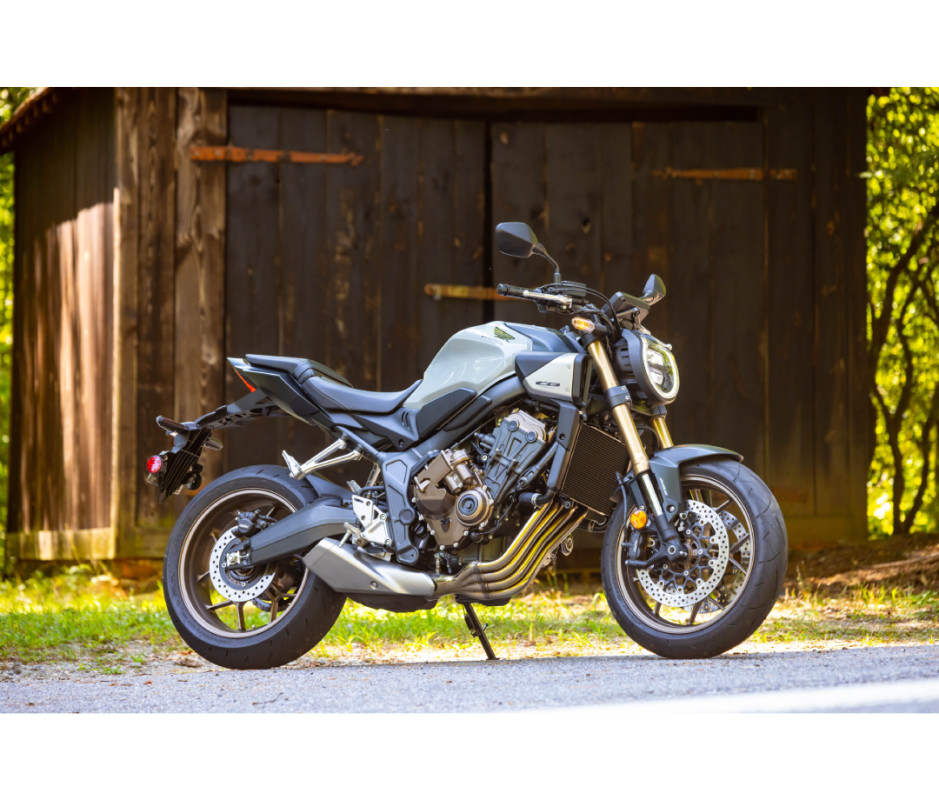
Courtesy Image
Drawbacks here are few and far between. I don’t love that the system can’t be switched off indefinitely for riders who prefer a traditional manual 24/7, and I’d welcome a bit more finesse from the E-Clutch at stop and go speeds. When you take into account that this is still a sub-$10k machine we’re talking about, however, both “issues” start to sound more like jaded motojournalist nit-picks than actual real-world problems.
While the divide around automatic motorcycles rages on, Honda’s new E-Clutch extends an olive branch that offers something to both sides of the aisle: a convenience feature for some, and a performance upgrade for others. The fact that it works as well as it does and comes at no additional cost should make it a shoo-in on the Honda lineup going forward, but we’ll just have to wait and see how it performs on showroom floors starting this month.
Related: The 9 Best Whiskey Bars in America to Visit in 2024